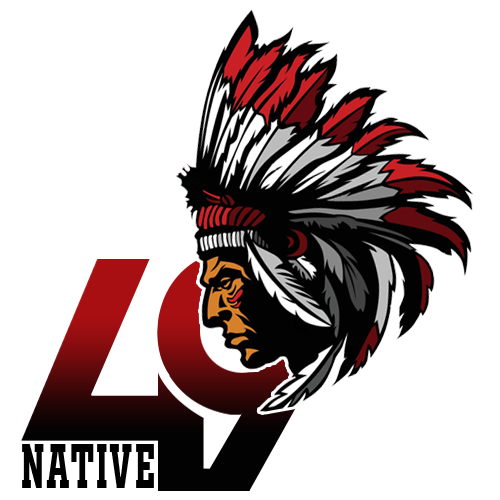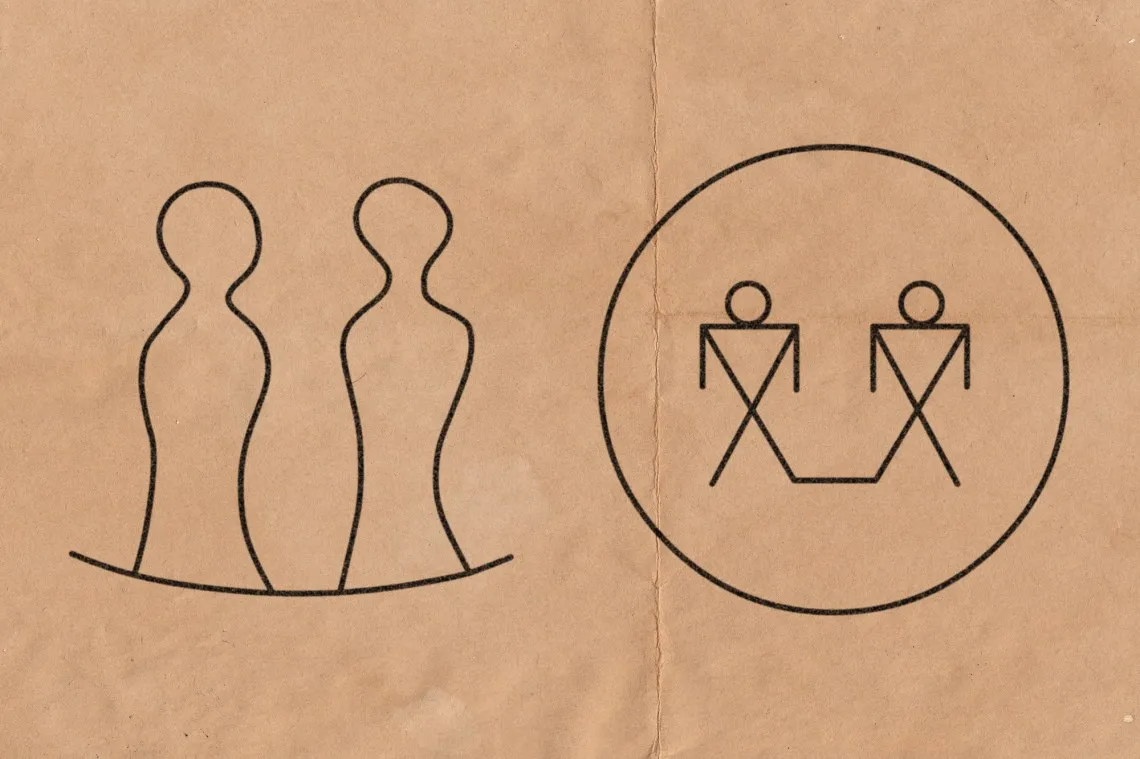In the rich tapestry of Native American cultures, family holds a position of profound significance. Family is not merely a collection of individuals; it is a complex web of relationships, traditions, and values that have been passed down through generations.
To gain a deeper understanding of the importance of family within Native American communities, 49native embark on a journey to explore the diverse symbols and representations that encapsulate the essence of familial bonds. Join unveil “The List of Native American Symbols for Family,” where each symbol carries a story, a heritage, and a legacy of love and unity.
What is family in Native American?
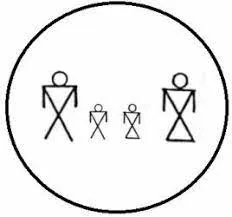
Embracing Diversity, Fostering Interdependence
In the rich tapestry of American Indian culture, family is not merely a concept but a living, breathing entity that weaves together the threads of tradition, history, and identity. The intricate structure of American Indian families, shaped by centuries of evolution, defies conventional understanding.
Join us on a journey through the labyrinthine world of American Indian family dynamics, where fictive and nonfictive bonds, extended kinship networks, and cultural roles converge.
Defining Family in American Indian Context
The American Indian perspective on family is a tapestry of complexity. Unlike conventional Western norms, family here is a kaleidoscope of connections. It encompasses fictive and nonfictive kin, extended family, tribal community, and the broader nation of American Indians.
In this expansive view, no one stands alone; everyone is part of a vast kinship network. The structural underpinning of these family ties bears the imprints of history and traditional cultural values.
The Role of American-Indian Women: Carriers of Culture
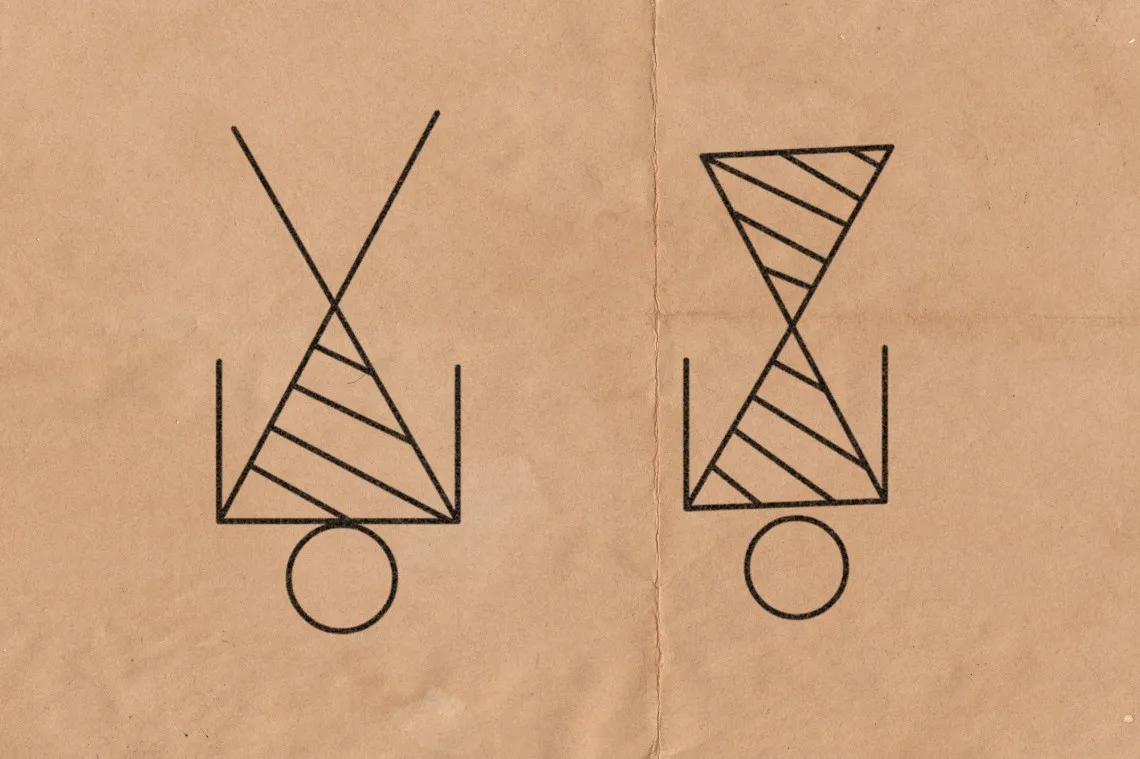
Throughout history, American-Indian women have held pivotal roles within the family structure. Often cast in expressive roles, they have been the heart of childrearing, domestic duties, and the overall well-being of the family.
This nurturing spirit endures, with some seeing American-Indian women as the embodiment of cultural centrality. However, it’s essential to note that this perspective varies across tribes and regions, with women’s status differing accordingly.
The Ethic of Care: A Profound Connection
For many American-Indian women, their role is synonymous with an “ethic of care.” This ideology places paramount importance on responsibility and nurturing. American-Indian women see themselves as active participants in the development of others.
Every day, through their interactions with adults and children, they create and nurture relationships based on this ethic of care. This connection between relationship and responsibility forms the bedrock of their roles.
Keepers of Culture: American-Indian Women
American-Indian women are not just caregivers; they are the torchbearers of culture. Their role as “keepers of the culture” ensures that traditions, beliefs, and customs are passed down through generations. This vital role is not one of suppression but of preservation, safeguarding the essence of their heritage.
The Complex Terrain of American-Indian Men
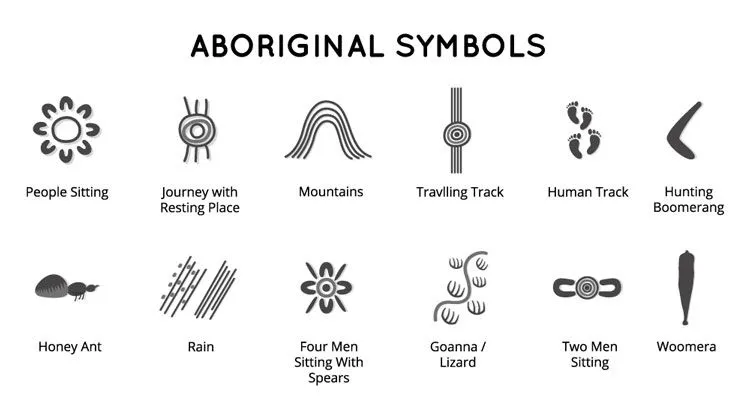
While American-Indian women have retained and adapted their roles, the path for American-Indian men has been more challenging in contemporary society. The status of American-Indian males has not paralleled that of their female counterparts.
Many find employment in manual labor and blue-collar industries, with limited opportunities for career advancement in white-collar occupations. However, some American-Indian men have risen to prominent positions within their tribal communities, demonstrating their resilience and creativity.
Family Structures: Beyond Bloodlines
Understanding American Indian family structures requires a nuanced perspective. Extended families and fictive kinship networks blur the lines of conventional understanding. Not all members share the same tribal affiliation or American-Indian descent. The presence of fictive members, who may hold titles like “uncle” without biological ties, adds to the complexity.
Fostering Interdependence: The Core of American-Indian Family
In the heart of American-Indian family values lies the concept of interdependence. Families serve as facilitators in their members’ development, guided by cultural roles rather than age. They support cultural and spiritual preservation, address physical and emotional needs, and promote care, both given and received, throughout the lifespan.
In this way, American-Indian families thrive, nurturing lifelong interdependence among their members, in contrast to the Western emphasis on independence.
As we journey through the intricate world of American Indian family dynamics, we discover a profound tapestry of connections, roles, and values that continue to evolve and shape the cultural identity of this diverse and resilient community.
What is the most important symbols in indigenous peoples?
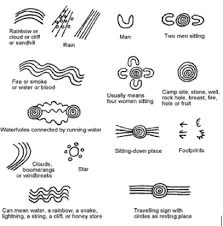
Unlocking the Mysteries of the Eagle in Indigenous Cultures
The majestic eagle, often referred to as the “master of the skies,” occupies a sacred place within the hearts and cultures of Indigenous Peoples. To understand the depth of its significance, we must delve into the profound spiritual and symbolic meanings associated with this remarkable bird.
A Messenger to the Creator
In the rich tapestry of Indigenous beliefs, the eagle is not just a magnificent creature soaring through the heavens; it’s a messenger bridging the gap between the earthly realm and the spiritual world. Unlike the raven, which sends messages down from the creator, the eagle is believed to have the closest relationship with the creator itself. It serves as a conduit for divine communication, carrying messages from the physical to the spiritual and back.
Feathers of Strength and Truth
Among the many gifts that the eagle bestows upon Indigenous Peoples, its feathers are treasured as symbols of immense power and profound truth. It is believed that eagle feathers possess the remarkable ability to infuse individuals with strength and enable them to communicate from the depths of their hearts.
When held in one’s hand, an eagle feather becomes a vessel for expressing thoughts and emotions without the burden of hurt or anger. It is a potent tool for communicating with clarity and sincerity.
Eagle Feathers in Cultural Traditions

Eagle feathers are not mere symbols; they play a vital role in Indigenous ceremonies and traditions. They are a centerpiece in dances, where their presence signifies a connection to the divine and a celebration of the spiritual essence of life.
Furthermore, eagle feathers are often reverently laid down at entrances to welcome esteemed visitors, reflecting the profound hospitality and respect that are integral to Indigenous cultures.
As we journey deeper into the heart of Indigenous traditions and symbolism, we uncover the profound connection between the eagle and the spiritual world. This magnificent bird, with its ability to traverse the skies and bridge the realms, stands as a symbol of strength, truth, and the unwavering connection between Indigenous Peoples and the creator.
